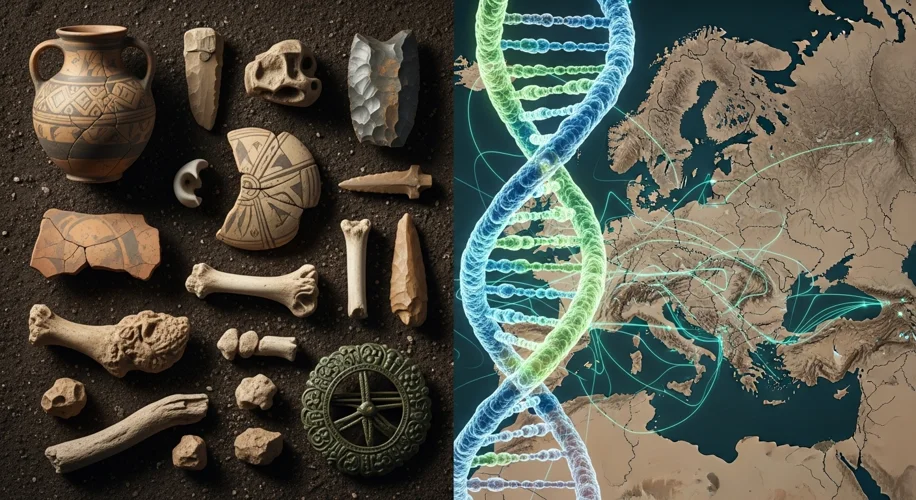As someone who has spent years delving into the past, I’m always fascinated by how new discoveries can illuminate forgotten corners of history. Recently, I came across an article from the Harvard Gazette that truly captured my imagination, detailing how ancient DNA analysis is shedding light on the origins of the Hungarian and Finnish languages. It’s a brilliant example of how cutting-edge science can connect with deep historical puzzles.
For a long time, the linguistic connection between Hungarian and Finnish has been a subject of debate and intrigue. These languages belong to the Uralic language family, a group that stretches across a vast geographical area, from the Baltic Sea to the Ural Mountains. However, the precise migratory paths and the historical interactions that led to their spread and divergence remained largely a mystery, often relying on linguistic reconstruction alone.
This is where the power of ancient DNA comes in. By analyzing genetic material from ancient human remains, scientists can now piece together migration patterns and population movements with remarkable accuracy. The research discussed in the Harvard Gazette article, specifically referencing work by scholars like Eszter Görgényi and her colleagues, uses this genetic data to trace the ancestral journeys of the people who spoke these early Uralic languages.
What’s particularly exciting is how this genetic evidence seems to support and refine existing linguistic theories. It provides a tangible, biological dimension to the spread of languages. Imagine trying to map out historical trade routes or military campaigns – ancient DNA analysis offers a similar, albeit more profound, way to map the movement of people and, by extension, their cultures and languages.
The findings suggest that the ancestors of both modern Hungarians and Finns likely originated from regions further east than previously assumed by some theories. The genetic data points towards ancestral populations migrating westward over thousands of years. This journey wasn’t a simple, single event, but rather a complex process of movement, settlement, and interaction with other groups.
For me, this is a powerful reminder that history isn’t just about dates and famous figures; it’s also about the long, slow, and often invisible movements of ordinary people. Their journeys, their languages, their very DNA tell a story that stretches back millennia. The fact that we can now use genetic clues to corroborate or challenge our understanding of these ancient migrations is nothing short of remarkable.
It’s a field that’s constantly evolving, and I can’t wait to see what other historical mysteries ancient DNA analysis will help us unravel. It’s a perfect blend of scientific rigor and historical inquiry, offering a fresh perspective on the deep past that continues to shape our world today. For anyone interested in the deep roots of European culture and the fascinating journey of languages, this research is a truly captivating development.

